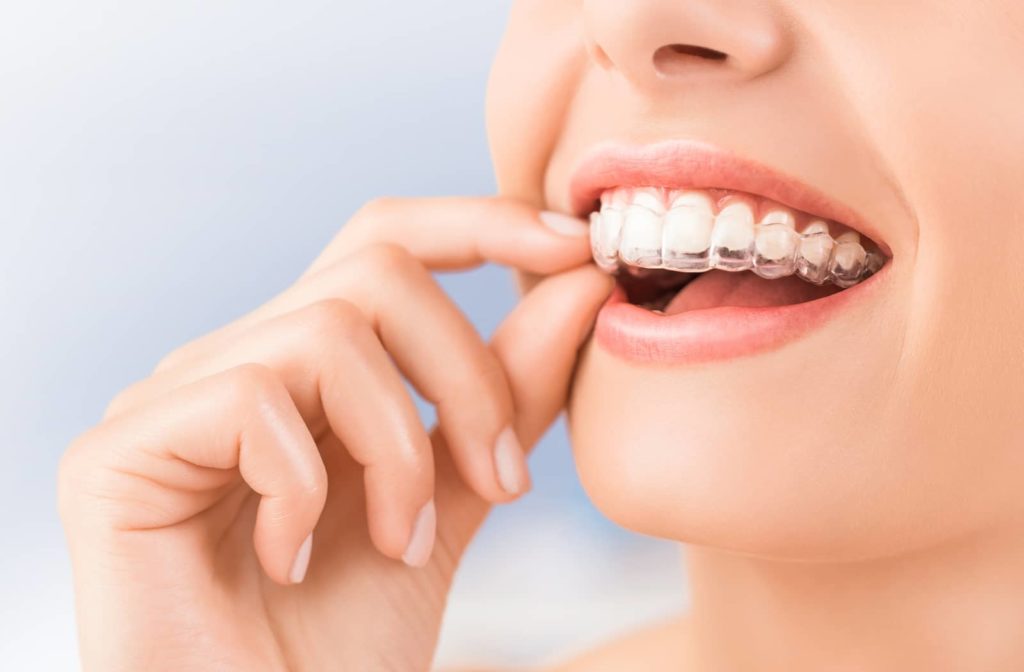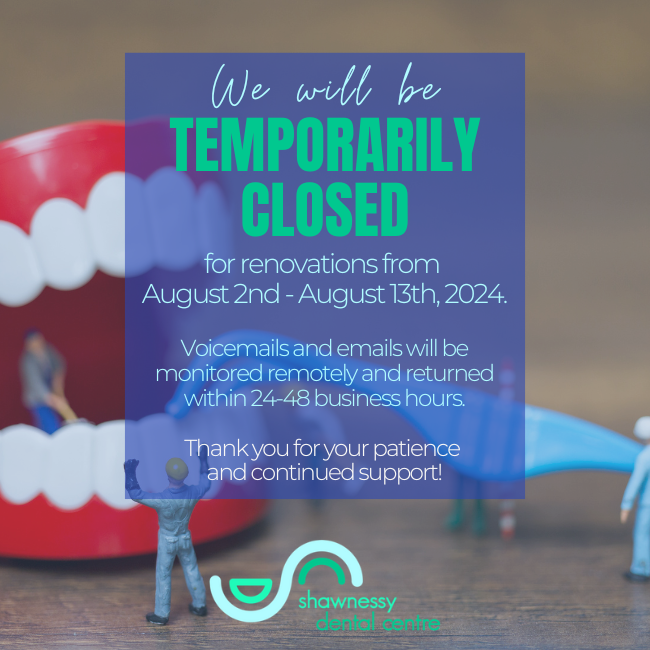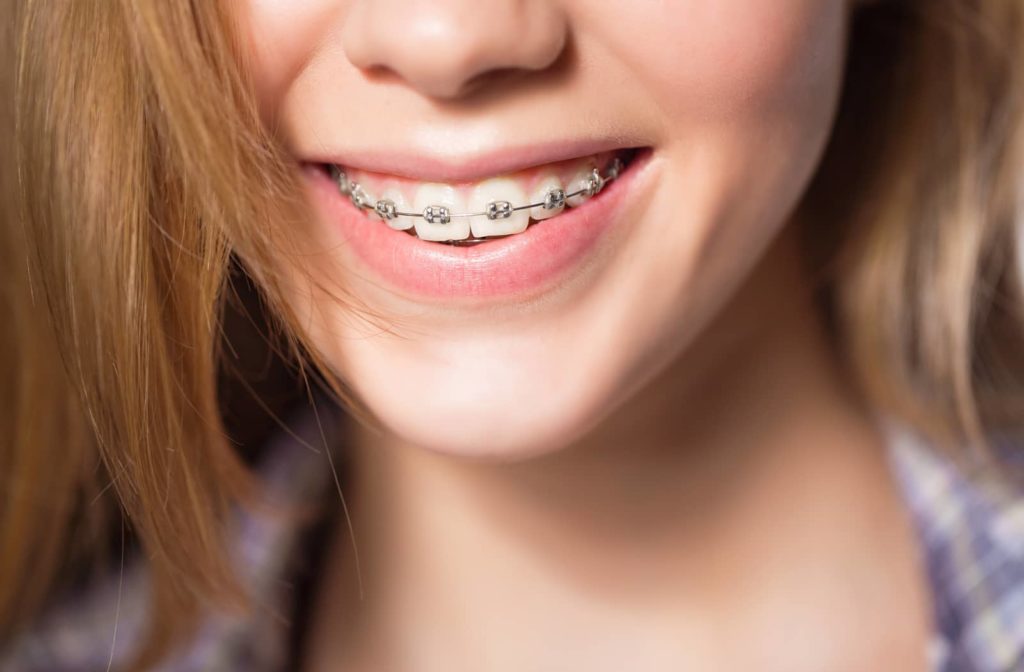The goal with any orthodontic treatment is straight, beautiful teeth. While dentists and orthodontists are excited by starting patients on the journey toward straight teeth, there are a couple of things to take into account before undergoing treatment.
One of the first things patients will need to address is how they would like the treatment performed. In the world of orthodontics, there are a variety of ways to straighten teeth. However, today we’re going to take a look at 3 of the most popular treatments: braces, Invisalign, and functional orthodontics.
We’re going to break down each one in terms of what they are, their benefits, and any potential drawbacks each one has so you can speak about the treatments with your doctor and find out which one is better for you, your teeth, and your oral health.
What Are Braces?
Braces are the most common type of orthodontic procedure that is available to patients.
Dentists perform this treatment by attaching brackets to your teeth using a special adhesive. They then fit an archwire into the bracket, which then helps straighten your teeth over time.
Benefits
One of the first known benefits of choosing braces is the fact that braces are widely used and available. Nearly all dental practitioners have a braces program available, and they would be happy to consult you on the benefits they may have for you.
The other significant benefit of using braces is its ability to correct more complex cases of teeth misalignment at a faster rate than other orthodontic treatments. Some of these cases can include closing gaps between teeth and bite correction.
Drawbacks
With any orthodontic treatment, some drawbacks may come with them; braces are no different. There are a couple of things you will need to get used to with braces and some things you might need to change to help ensure the braces process occurs as smoothly as possible.
One of the first things people may worry about with braces is how they’ll look. Unfortunately, patients don’t usually see braces as the most aesthetically pleasing, but this is generally the trade you might need to make for faster treatment time.
Some patients may be concerned with their comfort while wearing braces. In the early stages of treatment, some discomforts could stem from feeling the brackets or the pressure it puts on your teeth.
Food particles can also get stuck in the brackets, which means you will likely have to brush your teeth more often to help deter the build-up of plaque and tartar.

What is Invisalign?
Invisalign provides patients with a nearly-invisible alternative to traditional braces. Invisalign treatments involve using a series of different retainer-like appliances that, over time, shift your teeth to their correct position.
These are perfect for adults or children who are more self-conscious about the appearance of traditional braces.
Benefits
For Invisalign, the benefit is right there in the name. Because Invisalign braces are clear, more people might look at this option when deciding what orthodontic treatment is right for them.
On top of this, they are removable. So if you have a big event you want to look your best for, or if you don’t want to limit the types of foods you like to eat that would otherwise get caught or stuck in traditional braces, then you may want to talk to your dentist about Invisalign.
Drawbacks
Something that might not occur to patients when they first start Invisalign is the fact they will need to be self-disciplined to allow the treatment to work correctly. Because patients can remove their Invisalign appliance at any time, some people may find it hard to resist the temptation of wearing them for only part of the day (Invisalign needs to be worn up to 24 hours a day for them to work correctly).
Invisalign is also generally not recommended for more complex orthodontic cases. If back teeth, like molars, need treatment, then you may need to use braces instead.
Finally, Invisalign is generally more expensive than traditional braces, sometimes by thousands of dollars.
What is Functional Orthodontics?
Functional orthodontics isn’t as popular as traditional braces or Invisalign, but they can help with a purpose neither the former or the latter can help with: repositioning the lower and upper jaw.
Even how functional orthodontics can help straighten teeth is done differently than the other options mentioned. Instead of pulling your teeth together, functional orthodontics expands the jaws to make more room for your teeth.
Benefits
The benefit to functional orthodontics compared to other treatments is its ability not only to straighten teeth, but also correct issues in jaw alignment that could cause problems like headaches, neck and shoulder pain, sleep apnea, and even TMJ.
It can also help patients achieve a more aesthetically pleasing jawline and balanced profile.
Drawbacks
While functional orthodontics can be done at any age, it is generally recommended to start treatment as early as possible, sometimes at 7 or 8 years old. Also, functional orthodontics does not guarantee facial growth over the long term, since a variety of factors, like genetics, may make it difficult for the appliance to entirely correct jaw alignment issues.
The best way to know what type of orthodontic treatment is right for you is by talking with your dentist about all possible options.



